Immigrant residents of a “shift-bed” apartment in the heart of New York City’s Chinatown share their stories of personal and political upheaval. As the bed transforms into a stage, the film reveals the collective history of the Chinese in the United States through conversations, autobiographical monologues, and theatrical movement pieces. Shot in the kitchens, bedrooms, wedding halls, cafés, and mahjong parlors of Chinatown, this provocative hybrid documentary addresses issues of privacy, intimacy, and urban life.
Related Movies
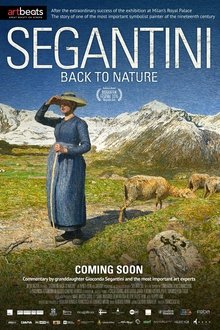
Segantini: Back to Nature (2017)
Giovanni Segantini rose from humble origins to become the most important of Italian pointillists, and one of the most important symbolist painters in the 19th century. This film focuses on his way of feeling nature as a source of artistic and spiritual inspiration.

Statues Also Die (1953)
Commissioned by the journal Présence Africaine, this short documentary examines how African art is devalued and alienated through colonial and museum contexts. Beginning with the question of why African works are confined to ethnographic displays while Greek or Egyptian art is celebrated, the film became a landmark of anti-colonial cinema and was banned in France for eight years.
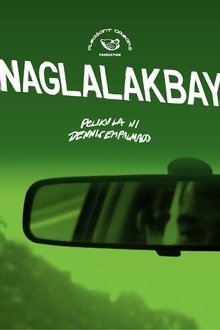
Travelers (2023)
The diaspora of Filipinos around the globe is driven mostly by the economics of supply and demand. The yearning for something better, stability, and self-validation leads a handful of sojourners from the provinces of the Philippines into the arms of one of its former colonial masters — the USA. But what happens when they finally get what they want? And how? Filmmaker Dennis Empalmado explores the musings of Filipino expatriates and hopeful immigrants in "Naglalakbay" (Travelers).

TRAY TRAY KO (2022)
Draped in an electric blue fabric, the artist acts as a conduit between the tangile and the spiritual, blurring the boundaries between human form and natural elements.

There We Are John... (1993)
In this revealing documentary, Ken McMullen creates an elegant portrait of artist and filmmaker Derek Jarman, based on an interview conducted by John Cartwright. The questions are unobtrusive, allowing Jarman to reflect on his major films. Despite the debilitating effects of serious illness, we see an artist with his inner vision unimpaired; still humorous, self effacing and disarmingly charming.

sin título (2021)
"The prevailing stigmatization of the 'villero' universe is fed back by the images. In order to dismantle this stigmatization, other images must be presented or we need to reveal what the existing ones seek to cover up. The slum is usually represented from a limited and deceitful visual panorama. This representation has an intention. Cinema and television are two image-producing devices that strengthen the stereotypes that we have about the people who inhabit these spaces. And what happens in the field of painting? Do clichés reign there too? This visual essay seeks to confront various works by national painters and sculptors, belonging to the Palais collection, with the kinetic images of current cinema and television, to reflect on both the differences and the similarities in the meanings and discourses that both regimes of images can produce." César González
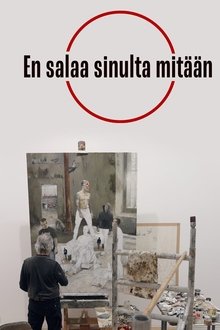
Not Withholding Anything from You (2024)
How do artists view their own work? How does actor Esko Salminen immerse himself in his roles, how does the writer/director Saara Turunen create a whole new world for the stage, and why does musician PK Keränen pick up his guitar time and time again? Is creativity a conscious or subconscious process, a pleasure or a compulsion? Veikko Aaltonen’s documentary takes us straight into the heart of creativity with artists from different fields and generations. Celebrating the various forms of passion and creative work, the film presents a compelling case for the significance of art.
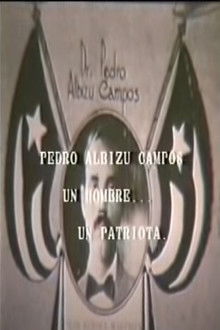
Pedro Albizu Campos: Un hombre... un patriota... (1987)
Short documentary about the life of Dr. Pedro Albizu Campos.
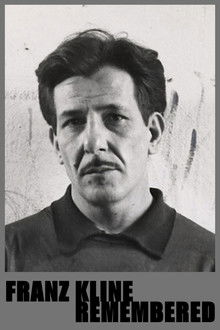
Franz Kline - Remembered (NaN)
This documentary offers an intimate look at the life and legacy of American abstract expressionist Franz Kline. Through personal memories and reflections from those who knew him—such as fellow artist Willem de Kooning, de Kooning’s wife Elaine, and other contemporaries—the film paints a vivid portrait of Kline’s personality, artistic spirit, and lasting influence. Known for his powerful black and white compositions and bold brushwork, Kline is remembered not only for his art, but also for his wit, warmth, and passionate approach to painting. The episode explores both his creative process and the deep friendships that shaped his career.
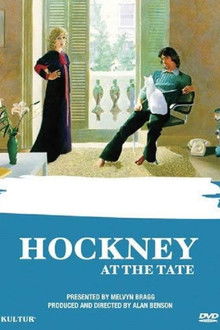
Hockney at the Tate (1988)
To mark his fiftieth birthday in 1988, London's Tate Gallery staged a major retrospective of his work. Melvyn Bragg joined David Hockney for an exclusive private view of the exhibition and they were filmed discussing pictures from all stages of Hockney's remarkable career.
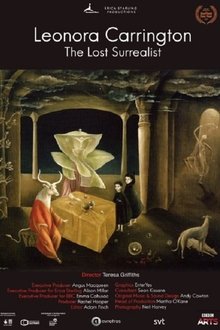
Leonora Carrington: The Lost Surrealist (2017)
British surrealist Leonora Carrington was a key part of the surrealist movement during its heyday in Paris and yet, until recently, remained a virtual unknown in the country of her birth. This film explores her dramatic evolution from British debutante to artist in exile, living out her days in Mexico City, and takes us on a journey into her darkly strange and cinematic world.

Si Monumentum Requiris, Circumspice (2010)
A monument handcrafted by Konstantin Bessmertny is exhibited at Venice Biennale 2007.
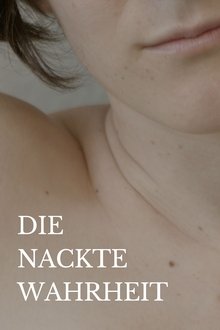
The Naked Truth (2023)
A painter, a naked woman, and a camera. In this triple constellation we explore the power of the gaze and the roles it imposes on us. An artist's studio turns into the setting for questions about how we look at and perceive women. The naked skin of the model becomes the canvas for an audiovisual exploration of the ways in which seeing and being seen anchors us in our body. And how this body shapes our experience of the world and our role in it.

Magical Universe (2014)
A documentarian strikes up an odd friendship with reclusive 80 year old outsider artist Al Carbee, whose strange Barbie-doll photography gains acclaim and interest over the course of the project's multi-year history. Far beyond a portrait of an eccentric, Magical Universe is about wonder, friendship, and the transcendent power of creativity

The Eye of the Typhoon (1993)
Performance conceived by Erich Wonder & Heiner Müller for the 300th anniversary of the Akademie der bildenden Künste in Vienna. The band, Einstürzende Neubauten, is located on a glass palace/stage on wheels (accompanied by the slavish trotting of huskies) which is slowly moving on the nightly ring road of Vienna.
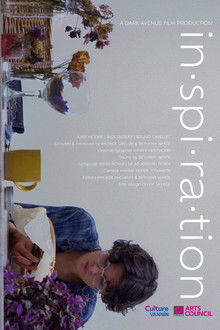
In·spi·ra·tion (2023)
What is artistic inspiration? Is it the same for all of us? 'in·spi·ra·tion' follows three Isle of Man artists as they create a piece of work and explore what inspiration means to them.

Francofonia (2015)
Master filmmaker Alexander Sokurov (Russian Ark) transforms a portrait of the world-renowned museum into a magisterial, centuries-spanning reflection on the relation between art, culture and power.

Ron Athey Is the Trojan Whore (1999)
In this documentary Kerkhof takes the viewer into a bizarre underworld, the sub-culture of blood art and body piercing performance art. Kerkhof's camera registered a performance by the American blood artist Ron Athey which took place during the FREAK ZONE festival in Lille, France in May 1997. The camerawork is so freaky one would almost suspect it is under the influence of heroin. The film includes interviews with Athey as well as shocking live fragments wherein Athey works his face over with injection needles. The crazy, maniacal clamour of the HIV positive priest/performer gives us insights into the motives and goals of this group of masochistic performance artists. Somebody who entertains his audience by cutting and stabbing himself; is this art? Who can say? What is beyond question is that Kerkhof's masterful use of the camera and editing not only obscures the images but also the boundary between art and unbearable filth.
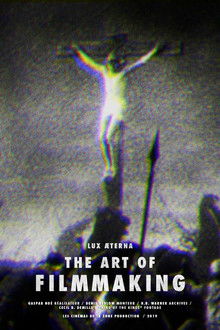
Lux Æterna: The Art of Filmmaking (2019)
An experimental shortfilm in line with "Lux Æterna", showcasing the footage from Cecil B. DeMille's "King of the Kings". A voiceover pronunces word "Relax" in a hypnotic tone, which was Lux Æterna's working title. It was shown only once in Paris at L'Étrange Festival, at the opening of "Lux Æterna".
